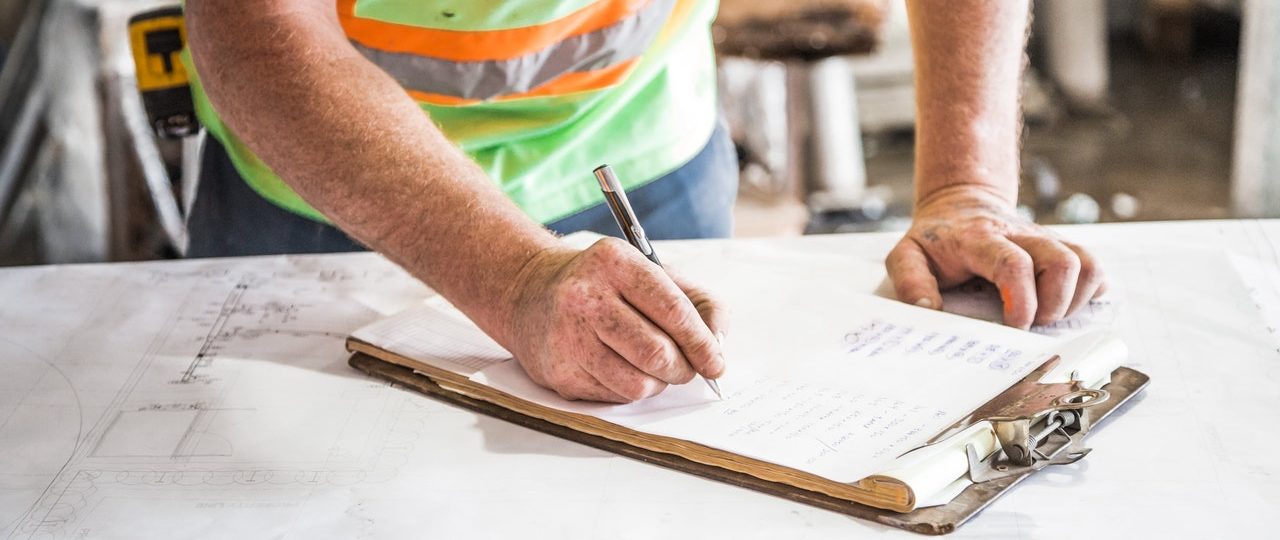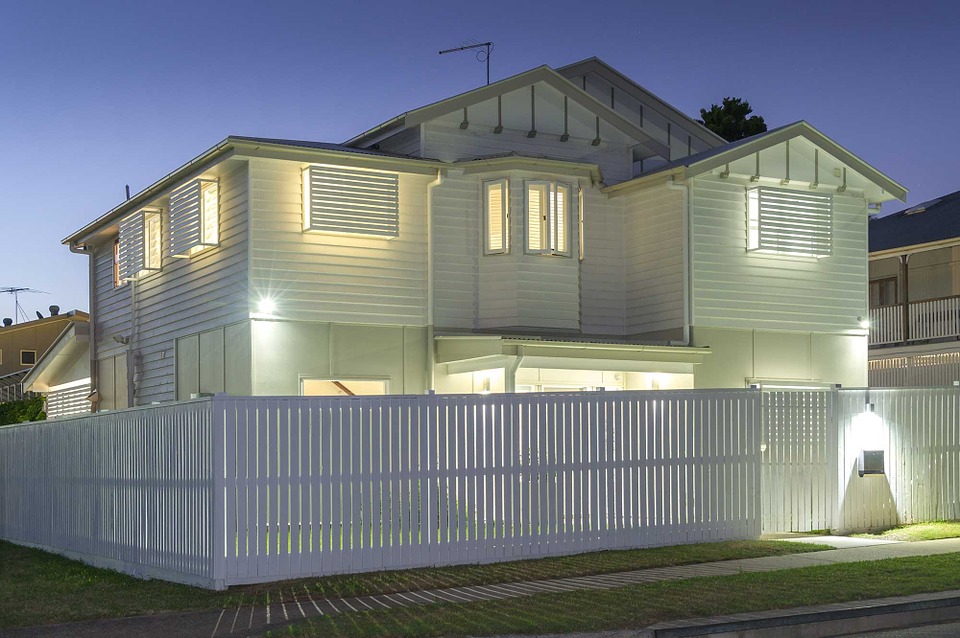A building inspection can somehow give you the anxiety of whether you will pass it or not. They will check the nooks and crannies of every place to ensure that it is up to their standard to make sure that it is safe to live in. The inspector will give you points on improving the property’s overall safety from potential hazards and if it is built according to the government’s guidelines. To know more about what happens during a building inspections adelaide, read on and get across precisely what an inspection will and will not cover.

What do they usually check?

The inspector is present to tell you the status of your property. For a building inspection, the inspector turns up on a tripod at the property’s front as described in the blueprint. The inspector checks visible and non-visible items on the property. Items generally include:
- Foundation, supporting structures, weatherproofing and water sealing, sewage/septic systems, plumbing, and HVAC systems.
- Electrical systems, music systems, appliances, landscape, garage doors, doors, windows, tract, or constructive walls. You can learn what to look for on your inspection report by checking out your property items.
- Door and window frames. Look for a consistent grain underneath and a “good draftearing”. That means the window will provide you better insulation than other draft camel guards you could use; however, you need to test this.
- Gaps between the panes. This is a good indication the windows are adequately sealed. It can potentially be a sign of air infiltration. It means you could improve the air quality and lower the fire’s risk in the short term. It can also mean that you may need to replace your windows or apartment specific windows sooner than you think.
- Insulation. Fiberglass and other insulation types reflect heat in the warmer weather and the colder months.
- Heating and cooling systems. According to the EPA, if your HVAC system/systems are more than 15 to 20 years old and including radiators, flues, or chimneys, it’s possible that the radiators or chimneys fewer than one-year-old, or have never been adequately cleaned, operating, and maintained may be a potential source of potential lead-based indoor air pollutant. You should also test out radiators even if they do not appear to be the ultimate source of potential lead hazards with the facility. Be aware of potentially reflective surfaces such as wood cabinets and insulation of a less reflective nature.
- Drainage. If the drains in your apartments or homes are found to flow from the drain outside of your facility towards an open manhole or septic tank, this may signify that the septic or drain field is not functioning correctly.
Final Thoughts
Ensure you are vacuuming your property frequently, which will help remove excess dirt/dirt/dry leaves/food particles that tend to clog/mold in filters and vents. Inspect your air conditioning system and central heating system every six months (for central heating check every three months). It would be best if you did not wait until the freezing weather experienced conditions in most areas of the country.




